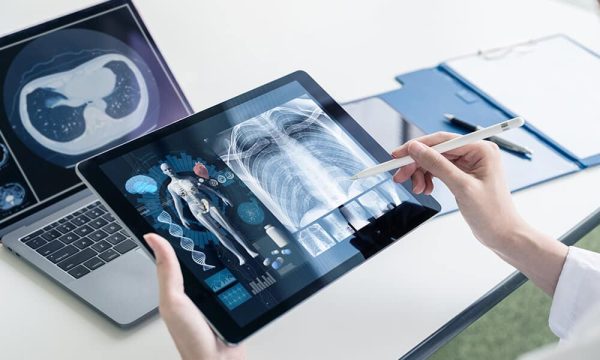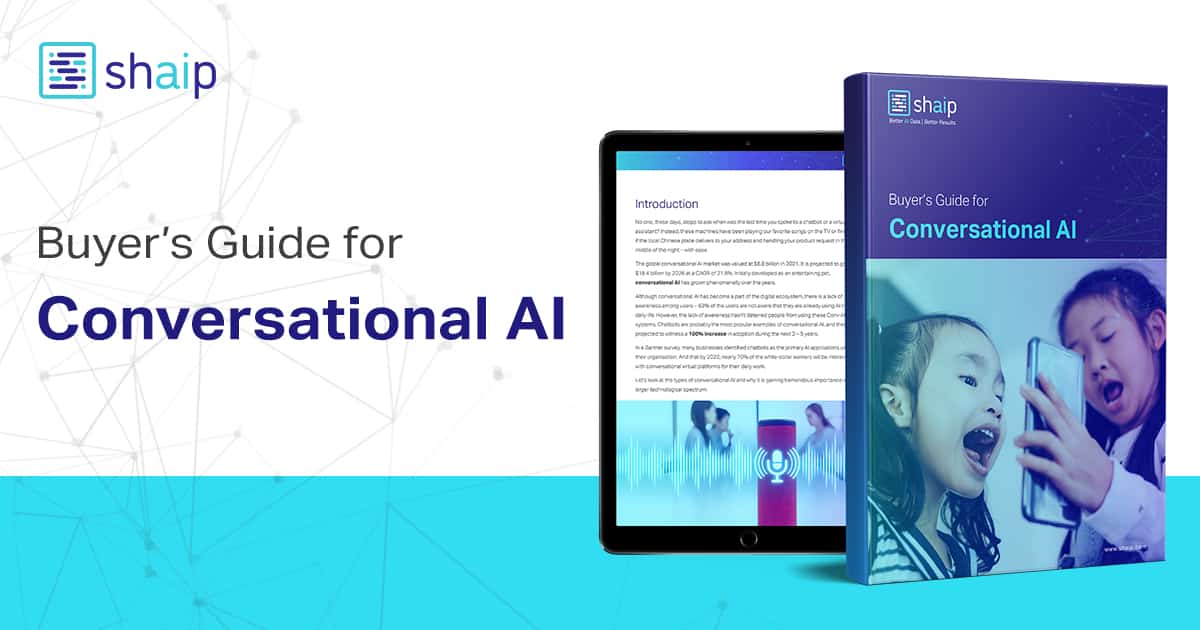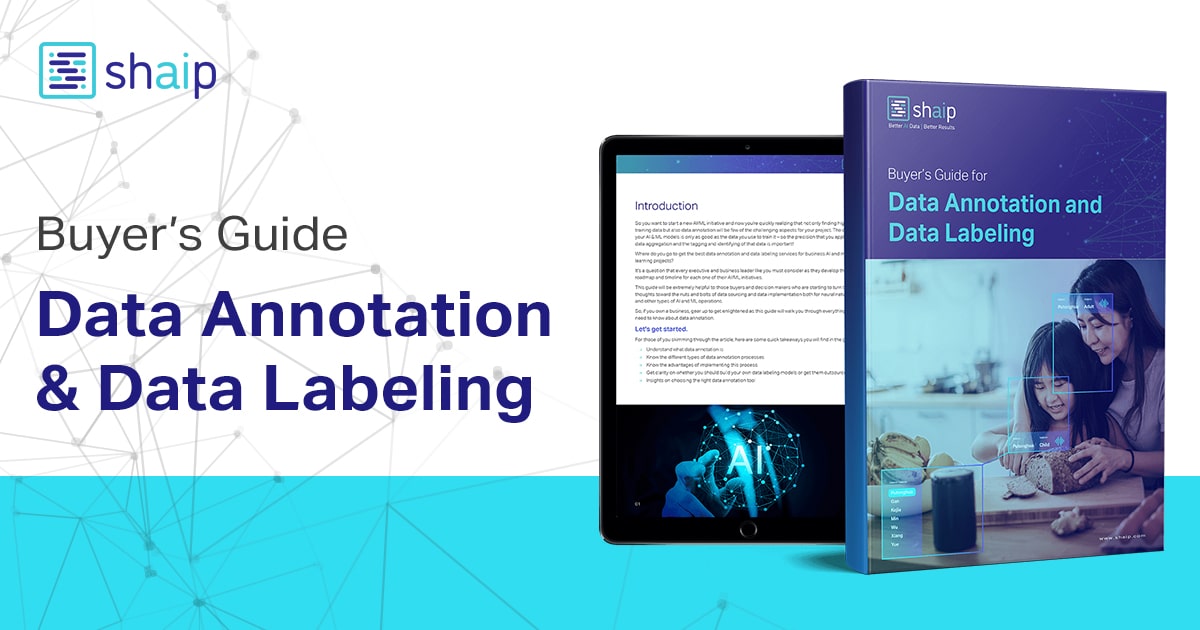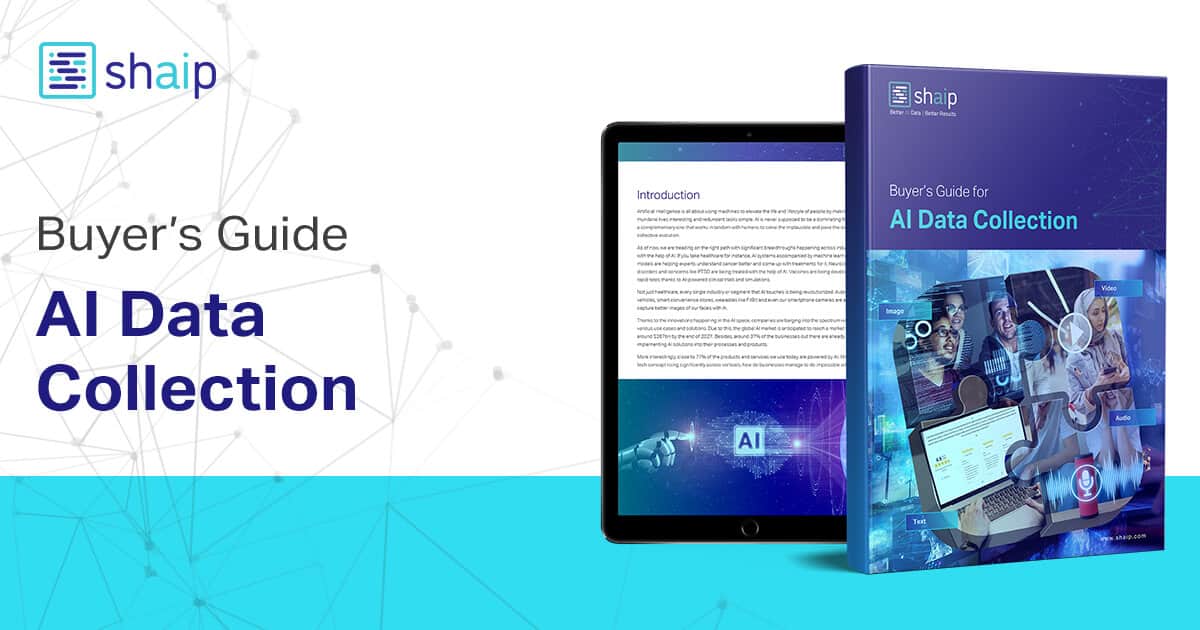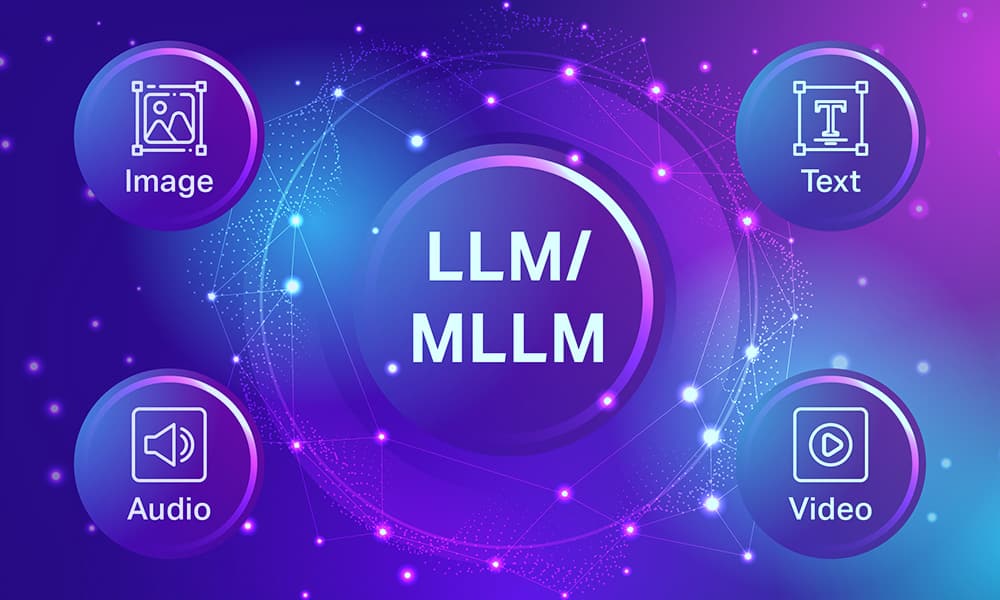EHRs Today and the Promise of AI
Electronic Health Records (EHRs) were created to streamline healthcare delivery—centralizing patient information, improving care coordination, and supporting clinical decision-making. However, in practice, EHR systems often feel rigid, fragmented, and time-consuming. In the U.S., physicians spend nearly 16 minutes per patient navigating EHR tasks—a substantial burden that detracts from actual patient care.
Enter Artificial Intelligence (AI)—especially generative AI and Large Language Models (LLMs)—as a transformative force. These technologies promise to revamp EHR usability, bridge workflow gaps, and reclaim precious time for clinicians.
What Is EHR and Why It Matters
An Electronic Health Record (EHR) is a digital version of a patient’s medical history, encompassing diagnoses, medications, lab results, imaging, allergies, immunizations, treatment plans, and more.
EHR Data Types: Structured vs. Unstructured
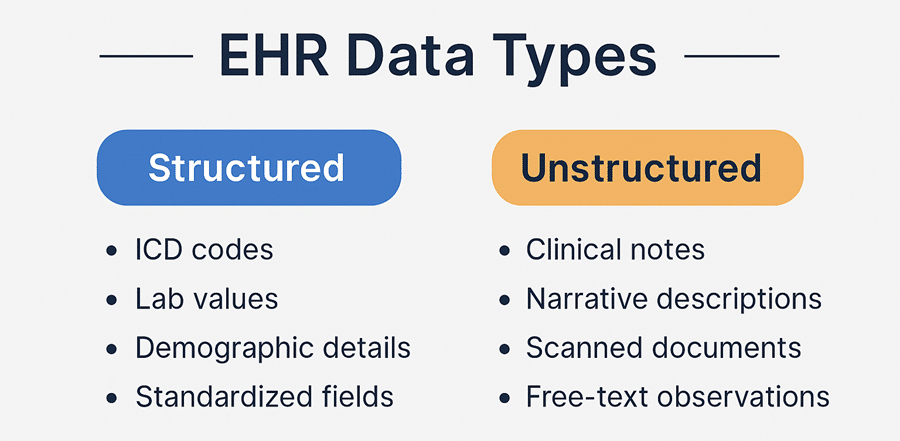
Structured data includes clear, standardized fields like ICD codes, lab values, demographic details—ideal for analytics and interoperability.
Unstructured data comprises free-text clinical notes, narrative descriptions, scanned documents. While rich in context, this data is harder for machines to process.
The Role of FHIR Standards
To facilitate seamless information exchange, FHIR (Fast Healthcare Interoperability Resources) enables EHR systems to communicate via standardized data formats, advancing interoperability and integration.
The Role of AI in EHRs
AI introduces intelligent layers into EHR systems, making them more dynamic, insightful, and user-friendly.
Key AI Models and Modes:
- Natural Language Processing (NLP): Extracts structured insights from unstructured clinical text like notes and diagnostic reports.
- Generative AI & LLMs (e.g., ChatGPT in healthcare): Draft patient summaries, SOAP notes, discharge instructions, and other documentation in coherent, human-like language.
- Predictive Analytics: Leverages EHR data to forecast patient risks, including readmission probabilities and treatment responses.
- Automated Coding: Assigns medical billing codes accurately based on consultation content.
- Information Retrieval & Summarization: Condenses lengthy patient histories and surfaces pertinent details in seconds.
Real-World Use Cases of AI-Powered EHRs
Automated Clinical Documentation
Generative AI tools can draft structured clinical notes—such as SOAP or BIRP notes—by transcribing clinician-patient interactions and generating a relevant summary.
Intelligent Scribing: Ambient AI Assistants
Ambient scribe technology captures doctor-patient conversations in real-time, translates them into notes, and populates the EHR without disrupting consultation flow.
Predictive Analytics for Proactive Care
AI models trained on large EHR datasets can flag patients at high risk of readmission, adverse events, or disease progression—enabling early interventions.
Medical Coding & Billing Automation
LLMs can interpret encounter details and automatically assign relevant billing codes.
Patient Communication & Workflow Automation
AI chatbots can send appointment reminders, answer common patient questions, or provide post-discharge guidance.
Multimodal Insights: EHRs + Imaging
AI systems that fuse EHR data with medical images provide richer, context-aware insights—boosting diagnostic accuracy and personalized care.
Why AI-Powered EHRs Offer Real Benefits
- Efficiency Gains: Automates documentation and retrieval, allowing clinicians to focus on care delivery.
- Improved Accuracy: Reduces human error in coding and note-taking.
- Enhanced Predictive Capabilities: Helps clinicians anticipate patient needs and intervene proactively.
- Better Interoperability: Transforms unstructured content into structured, shareable insights.
Challenges & Considerations
Despite the promise, AI-powered EHRs also face important hurdles:
- Integration Complexity: Legacy EHR systems may struggle to accommodate new AI layers.
- Data Privacy & Security: Maintaining HIPAA (and GDPR where applicable) compliance is critical when AI interacts with patient data.
- Regulatory & Ethical Oversight: Issues like algorithmic bias, transparency (“black-box” concerns), and lack of robust regulation pose serious challenges.
- Bias & Fairness: AI models must be trained on representative datasets to avoid perpetuating inequities.
- Clinician Trust & Usability: Adoption relies on explainable models and human-centered design.
- Data Quality & Labeling: ML models require accurate, well-annotated data for training.
Best Practices for Responsible Implementation
To harness the benefits of electronic health records AI responsibly, organizations should:
- Establish Governance Frameworks: Define policies around ethics, compliance, and user accountability.
- Use De-identified, High-Quality Data: Ensure AI models train on datasets that protect patient privacy and comply with regulation.
- Conduct Model Validation & Pilots: Start small and evaluate real-world accuracy, reliability, and safety.
- Engage Clinicians in Development: Co-design workflows, interfaces, and outputs to build trust.
- Monitor Continuously: Audit for performance drift, unintended biases, or errors post-deployment.
- Focus on Explainability: Ensure outputs are transparent, traceable, and understandable to clinicians.
- Provide Training & Support: Educate staff on interacting effectively with AI-powered EHR features.
Conclusion: The Future of AI in EHRs — and How Shaip Can Help
AI is transforming Electronic Health Records (EHRs) into smarter, more efficient, and patient-focused systems. From automated documentation to predictive analytics and clinical decision support, the future of EHRs lies in combining structured and unstructured data with AI and LLMs.
But the success of AI in healthcare depends on high-quality, diverse, and de-identified data—and that’s where Shaip makes the difference.
How Shaip Can Help
- Large EHR Data Catalog: Millions of de-identified patient records across specialties, demographics, and formats.
- HIPAA-Compliant & High-Quality: Gold-standard, de-identified data you can trust for training AI models.
- Multimodal Datasets: Text, speech (physician dictation), and medical imaging to power next-gen healthcare AI.
- Flexible Access: Ready-to-use datasets or custom solutions tailored to your project needs.
With Shaip, healthcare organizations and AI developers get the reliable data foundation needed to build trustworthy, scalable, and innovative AI-powered EHR solutions.
